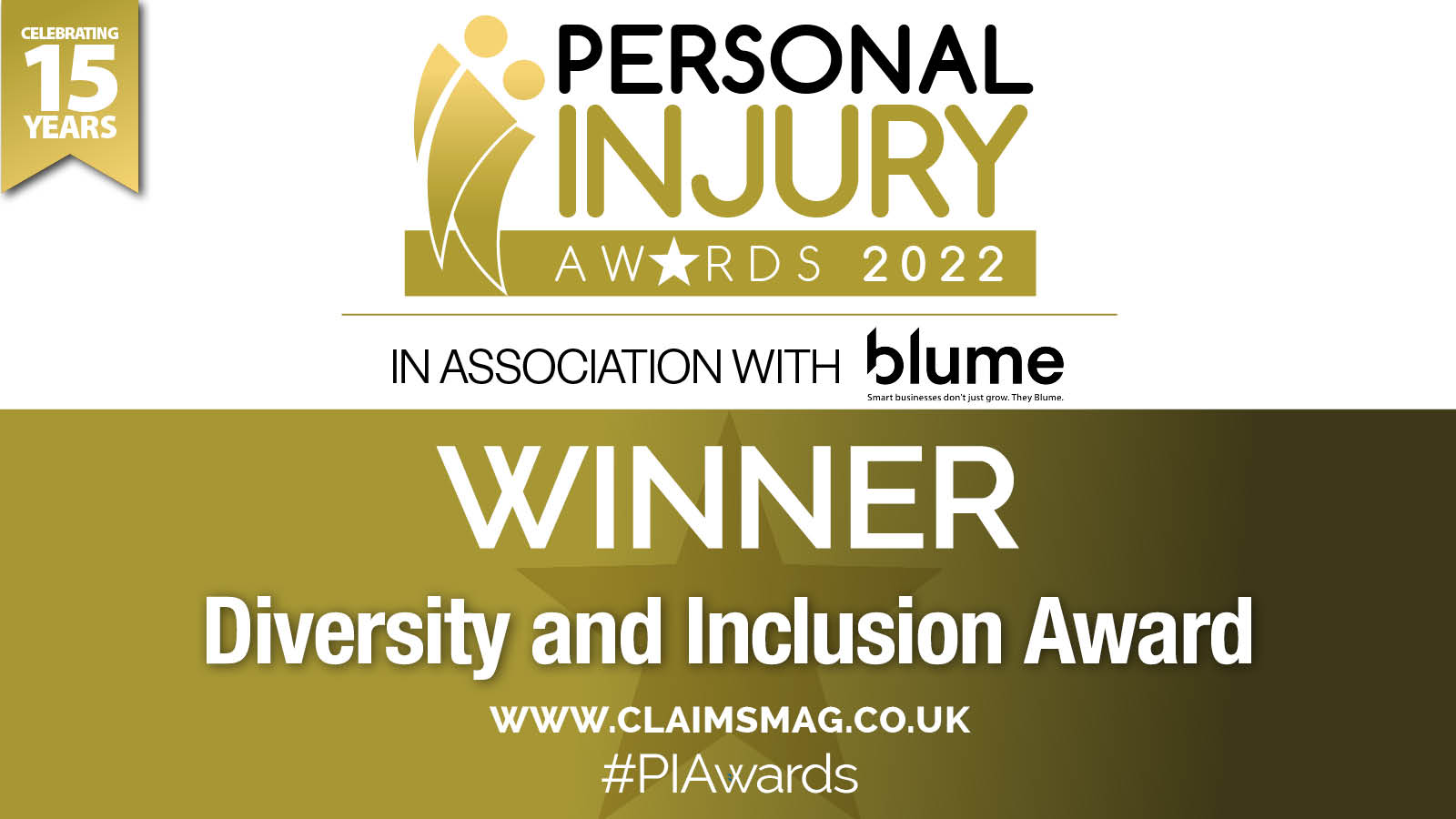<!-- wp:paragraph -->
<p>The language used in legal proceedings can have a profound and enduring impact on everyone involved, particularly within family cases, documents such as thresholds build a stage for care proceedings, and case summaries and openings set the tone in private disputes.</p>
<!-- /wp:paragraph --><!-- wp:paragraph -->
<p>For many years, the phrase “committed suicide” was routinely employed to describe the act of ending one’s own life, it continues to be used significantly. Such usage stems from an era when suicide was deemed both a criminal offence and a moral failing. Despite the fact that the Suicide Act 1961 decriminalised suicide in England and Wales, this outdated terminology persists, carrying with it undertones of wrongdoing and judgement.</p>
<!-- /wp:paragraph --><!-- wp:paragraph -->
<p>Family proceedings regularly require the court, legal and children professionals, parents, families, and children themselves to confront difficult and emotional subjects, including in many cases a party’s suicidal ideation, attempts, or the tragic death of a loved one by suicide. </p>
<!-- /wp:paragraph --><!-- wp:paragraph -->
<p>When these events are discussed – in written submissions, thresholds, case summaries, oral hearings and questioning – the phrase “committed suicide” can reinforce the notion that a criminal, sinful or immoral act has taken place. It can also exacerbate the distress of bereaved family members, who may already feel guilt, shame, or confusion around their loss. In a modern legal framework that appreciates the complexity of mental health challenges, it is more fitting to use language that reflects empathy and neutrality, rather than implying culpability.</p>
<!-- /wp:paragraph --><!-- wp:paragraph -->
<p>By adopting phrases such as “died by suicide,” “ended their life,” or “attempted suicide” legal practitioners acknowledge the profound despair and social or psychological factors that may have contributed to a person’s actions, rather than suggesting criminality or any degree of blame. These more sensitive choices of words also align with contemporary efforts to destigmatise mental health difficulties, recognising that individuals who feel driven to suicide need compassionate support rather than judgement.</p>
<!-- /wp:paragraph --><!-- wp:paragraph -->
<p>In family court proceedings, especially those involving young children, the written record of events endures long after the hearing has concluded. The documents placed before the court can resurface in a child’s life later on, often when they reach adulthood, and the language used in those records may shape how they perceive their parent’s or relative’s struggles, possibly shaping their own struggles. </p>
<!-- /wp:paragraph --><!-- wp:paragraph -->
<p>If children discover references to a loved one as having “committed” an act akin to a crime, they may feel that person is being condemned or blamed, which can compound the emotional toll on a family already grappling with tragedy. In contrast, a neutral phrase such as “she died by suicide” conveys the difficult reality without suggesting guilt, offering a more measured and supportive tone for the child who might later read these reports.</p>
<!-- /wp:paragraph --><!-- wp:paragraph -->
<p>When speaking in open court, counsel and judges alike can maintain a respectful atmosphere by avoiding language laden with historical stigma. Simple adjustments – saying “she took her life in June 2022” or “he attempted suicide following a period of acute depression” – allow the court to focus on the relevant facts of the case without further burdening those who have suffered a distressing loss. This approach does not obscure the gravity of what has occurred; rather, it upholds the dignity of everyone involved and fosters an environment in which mental health issues can be addressed more openly.</p>
<!-- /wp:paragraph --><!-- wp:paragraph -->
<p>Some are likely to ask why such a seemingly minor shift in vocabulary matters, to consider this hill “woke”, or question whether this truly constitutes an essential “hill to die on” in the midst of complex family proceedings. Yet the language we choose to employ sets the tone of our interactions, the record we leave behind, and the compassion we show to those enduring profound pain. </p>
<!-- /wp:paragraph --><!-- wp:paragraph -->
<p>Family cases are often among the most emotionally charged in the legal system, and the documents emanating from these proceedings can resonate for years to come. Ensuring that our words reflect empathy, and an up-to-date understanding of mental health challenges is therefore not merely a linguistic preference; it is a crucial aspect of safeguarding the emotional well-being of individuals and families well beyond the conclusion of a case. In short, professionals have a greater obligation to those involved in proceedings than simply offering advice and representation.</p>
<!-- /wp:paragraph --><!-- wp:paragraph -->
<p>Ultimately, by moving away from phrases that connote wrongdoing, legal professionals can better serve the interests of justice and humanity alike. In doing so, they acknowledge that suicide, decriminalised half a century ago, remains a profoundly tragic outcome of an individual’s suffering, rather than an act deserving of blame. This small but significant change in language supports a more compassionate discourse, helping to ensure that families in the throes of crisis are met with the sensitivity and support they so urgently require.</p>
<!-- /wp:paragraph --><!-- wp:paragraph -->
<p>___</p>
<!-- /wp:paragraph --><!-- wp:paragraph -->
<p><em><a href="https://www.parklaneplowden.co.uk/our-barristers/avaia-williams-pupil/">Avaia</a> has volunteered with the Nightline Association and ShoutUK as a crisis intervention worker, supporting over 150 individuals in mental health crises, and has delivered talks to charity groups, schools, and government departments on the impact of youth mental health on safeguarding.</em></p>
<!-- /wp:paragraph --><!-- wp:paragraph -->
<p></p>
<!-- /wp:paragraph -->







